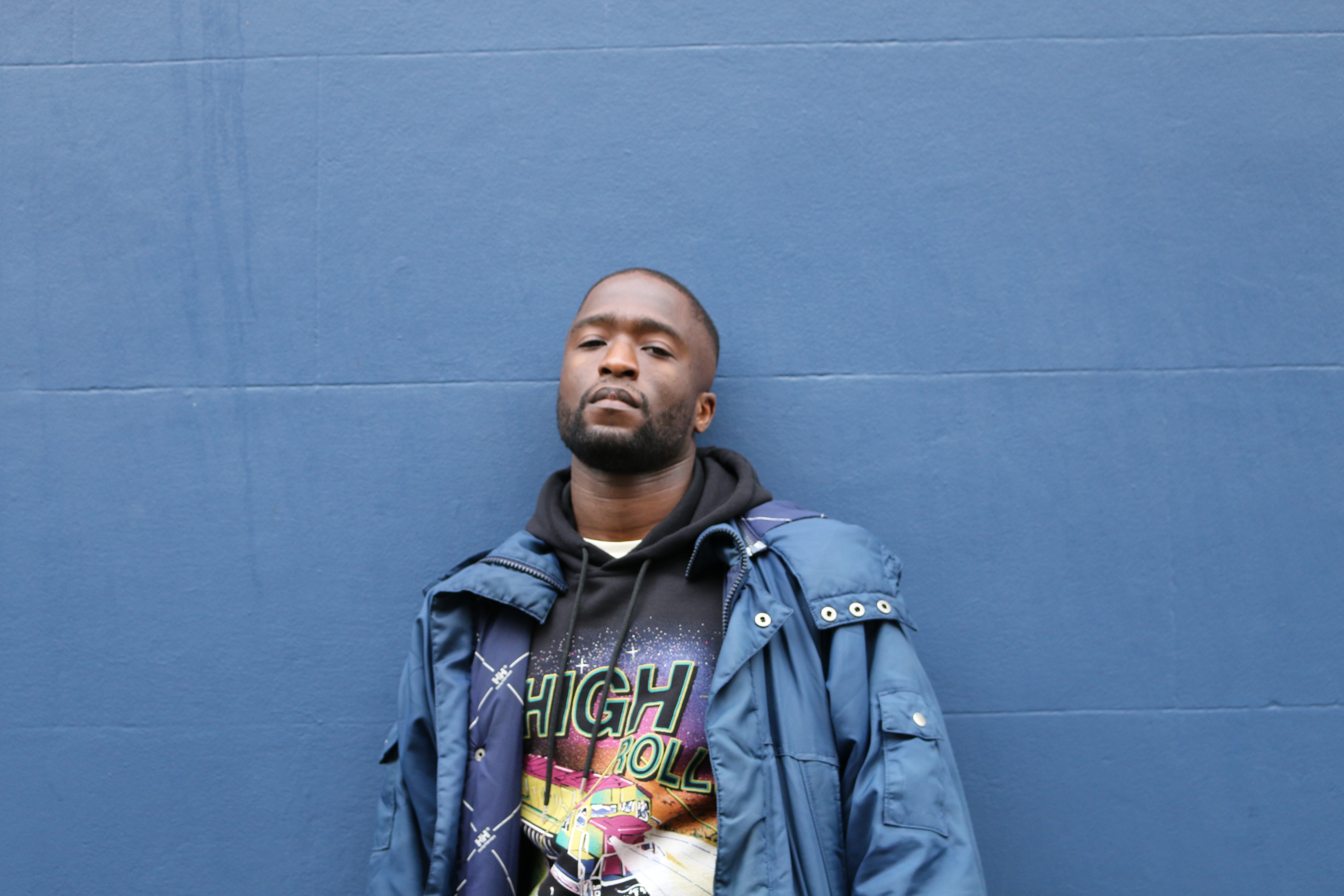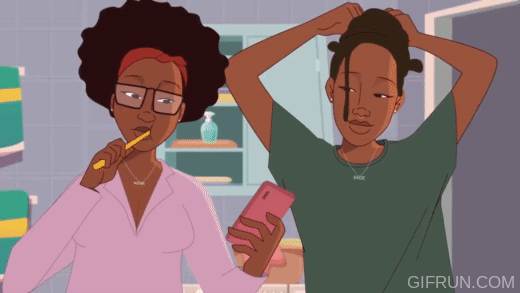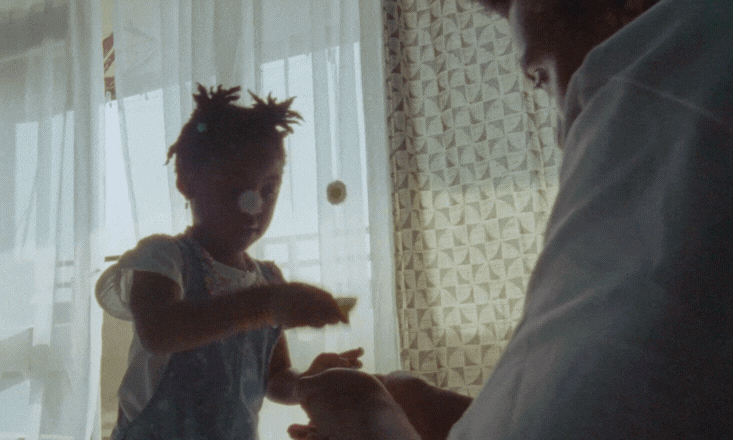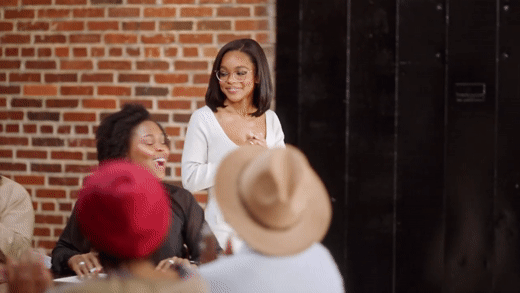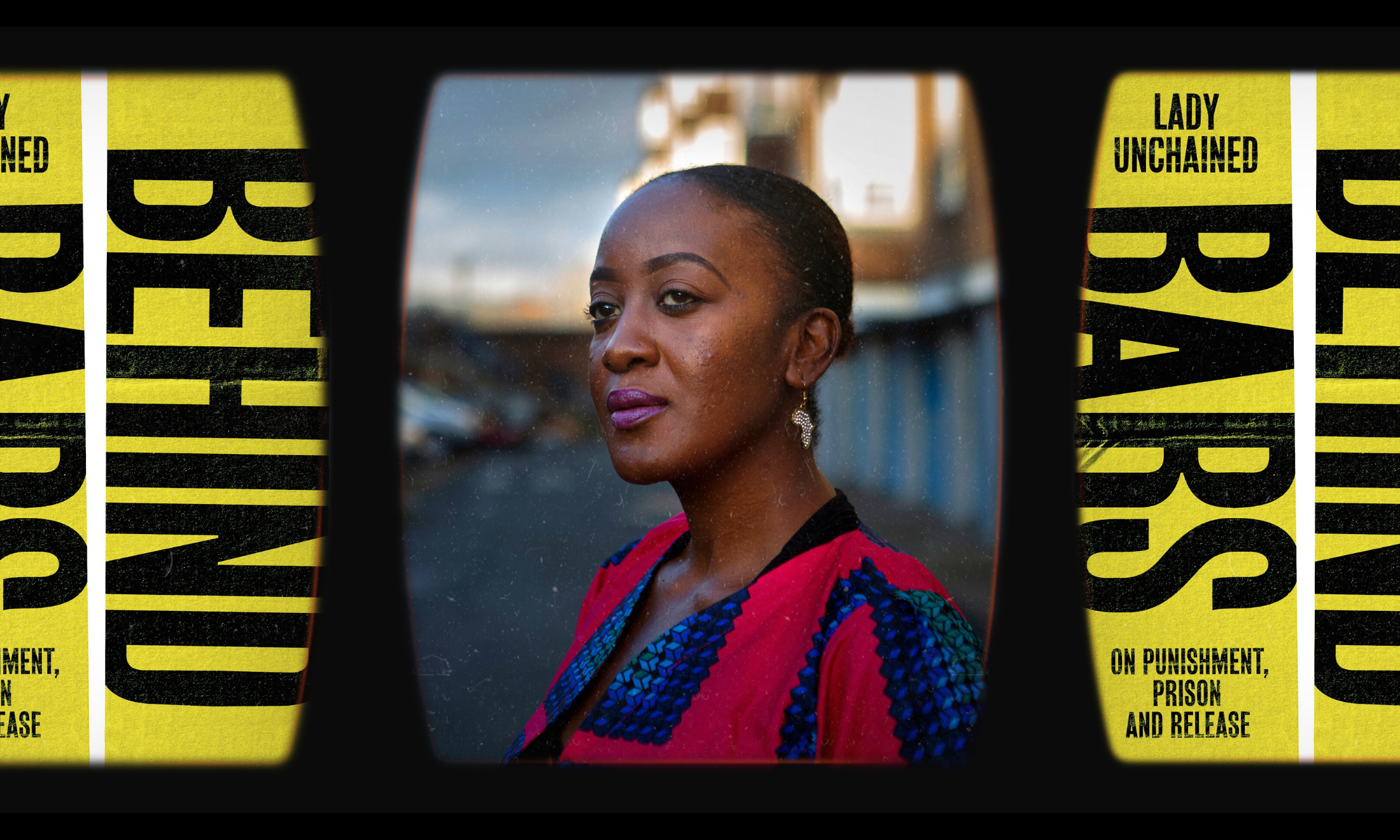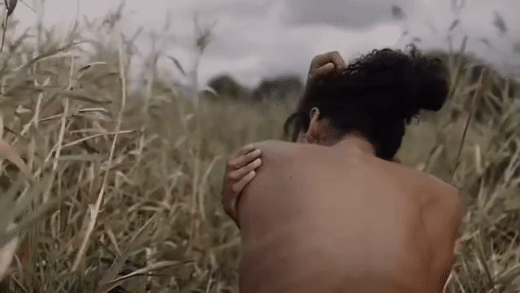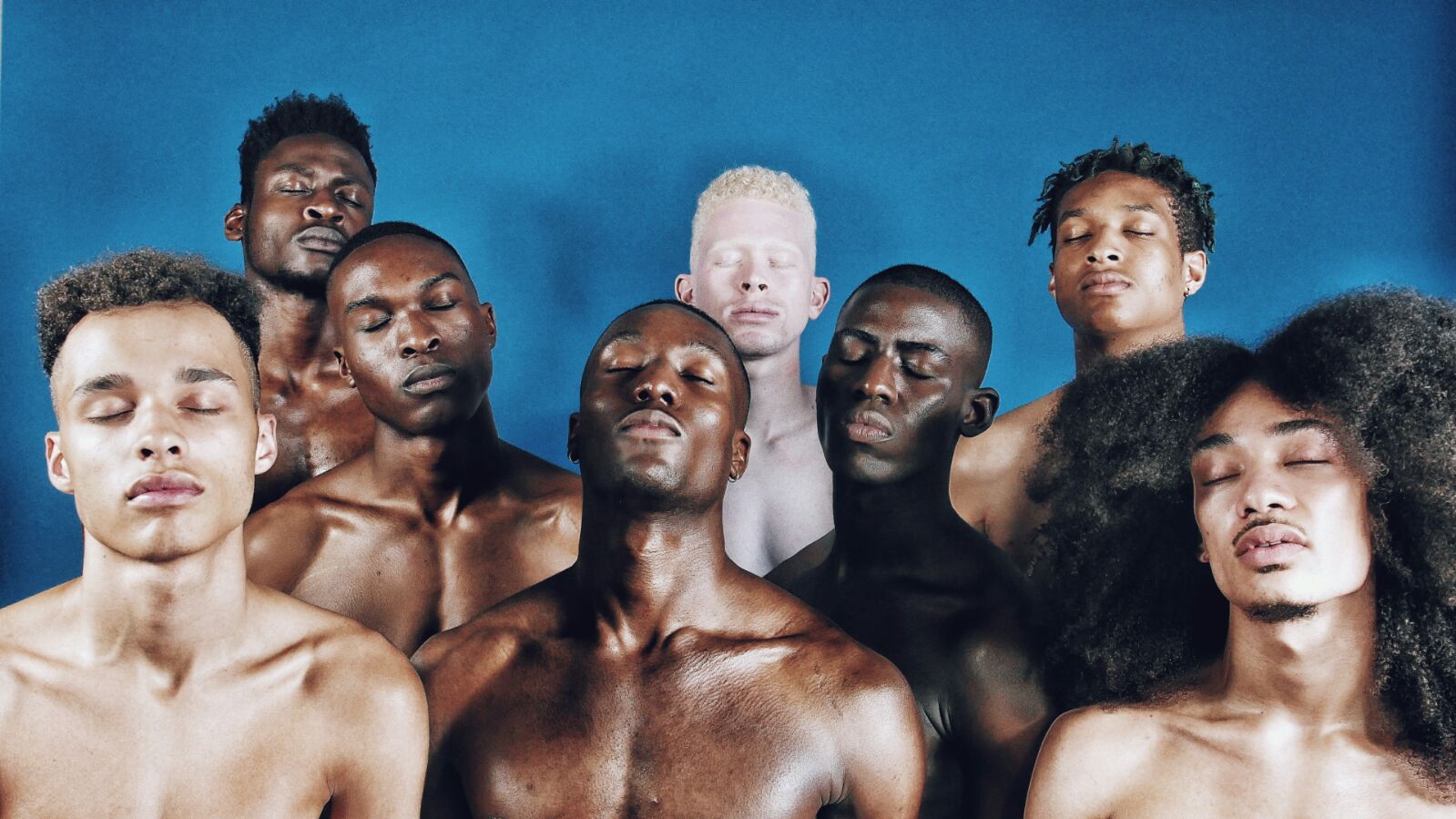
IGGYLDN, 22, a spoken word artist and creator of the film project Black Boys Don’t Cry, who left his overflowing audience at Hoxton Basement in awe last October. I was beyond fascinated.
Black Boys Don’t Cry challenges restrictive ideals of masculinity amongst black men through a combination of spoken word, photography and film. It has strong focus on the delusion that black men must always be strong, aggressive and show no emotion.
I discussed Black Boys Don’t Cry and the story behind it with IGGYLDN over a few drinks at the Forge & Co restaurant in Shoreditch. The film project stems from his experiences during his third year at university. In 2015, IGGYLDN battled with his own sense of masculinity and how it appeared to others:
“I struggled with the idea of having to fit into these norms of how I need to hold myself. If I had strong opinions, it was like ‘woah, you’re being too emotional.’ When I was younger I was able to cry, be angry, be sad, but for me, that wasn’t really celebrated at university. I found that I was always comparing myself to other people so I wrote a letter to myself.”
IGGYLDN later realised he had more to talk about and more experiences to share than he could fit on one sheet of paper. The letter soon developed into a fully-fledged performance piece, that remained concealed for a year after it was completed. Although it was never something he had considered, IGGYLDN received exceptional feedback following a performance at Hackney Picturehouse, encouraging him to create accompanying visuals:
“I didn’t want to make a visual but people told me they could relate to it and they felt it was pertinent to the black community. I never thought of it like that, I thought of it as a kind of self-help to me.”
The visual element of Black Boys Don’t Cry was a largely collaborative effort involving IGGYLDN and his friends, who were responsible for the creative direction of the photography. The diversity of black men is captured beautifully in every portrait, and IGGYLDN deliberately ensured that black men of all skin tones were represented:
“I included an albino to show that we are inclusive and we don’t necessarily have to think that black is the hench, dark skinned guy on road. I wanted to show that you don’t have to have bare melanin to be bare black.”
Black Boys Don’t Cry was fuelled by an urge to shed light on an issue that IGGYLDN feels strongly about. He was mindful of being perceived as a spokesman for black men, but states that he has no desire to be posited as someone who is omniscient regarding the black male struggle.
IGGYLDN encourages other young creatives who want to tackle social issues to trust their own experiences and perspectives without underestimating their ability to successfully pull it off:
“It’s important to look at your own experiences and see how far that takes you, and once you need more information or influences, then you can go and speak to people. You don’t necessarily need lots of people to be a part of a project. Understand that you are enough by yourself.”
Jaden Smith inevitably popped up in our conversation. Smith is, after all, considered a poster boy for the carefree black boy movement and is lauded for consistently challenging gender expectations. IGGYLDN speaks fondly of Smith’s impact, and reflects on his 2016 photoshoot for Vogue Korea, in which he dons a skirt and wears nail polish:
“It’s nice to be able to see another young black man portrayed in such a way and I feel that it’s lead to people feeling more comfortable to speak about their styles and fashion, and even what they’re thinking internally. Maybe that’s transcended fashion and music…”
Jaden Smith is one of many black men in the public eye who continues to challenge traditional ideas about masculinity. As images of #carefreeblackboys have flooded our social media feeds, it’s clear that dyed hair, wearing the colour pink, flower crowns and flower-adorned beards are some of the visual characteristics that are associated with being a carefree black boy. However, one of the great things about Black Boys Don’t Cry is that it doesn’t deconstruct masculinity purely through this aesthetic lens. Ultimately, the project urges black men to be their authentic selves and accept who they are in every way possible.
If there’s one thing IGGYLDN wants people to take away from his project, it’s that there is no particular way of being a black man:
“I don’t want people to think that I want everyone to cry and be emotional all the time. I want people to understand that in order for you to be a black man, you can just be who you are. You don’t have to conform and try and be something you’re not.”
It is arguable that the successful release of Barry Jenkins’ feature film Moonlight in 2016 inspired many intense discussions surrounding black masculinity. Almost immediately after Moonlight’s Oscar win, Dazed magazine recommended Black Boys Don’t Cry as a film that would satisfy one’s Moonlight obsession.
It’s no surprise then, that a project like Black Boys Don’t Cry was so widely embraced and celebrated. IGGYLDN didn’t anticipate the huge turnout and warm reception at the project’s launch. He hopes that conversations about black masculinity will continue on a daily basis, rather than being temporarily reignited whenever a relevant exhibition or art project pops up:
“These things need to be spoken about all the time. The conversation needs to be had in your friendship groups, the way in which you raise your children, the way in which you speak to your family. Let’s not wait for the next art event so we can all clap and say how amazing it is. We need to have these conversations and it needs to transcend culture and society.”

